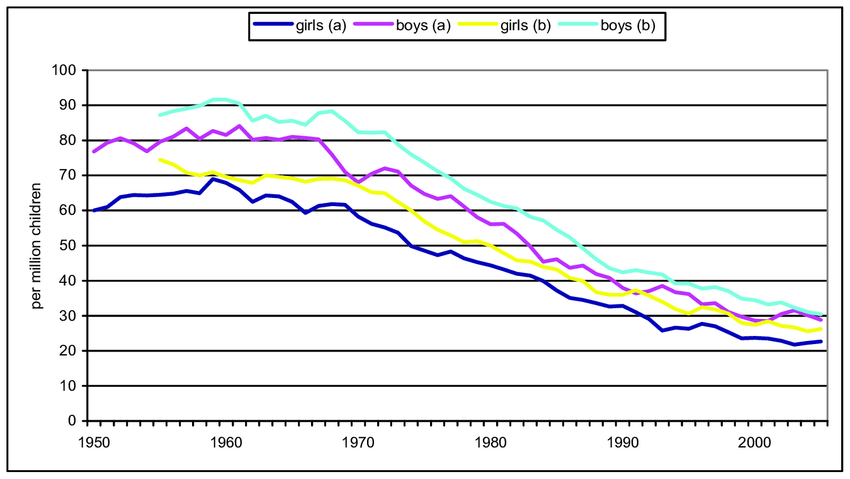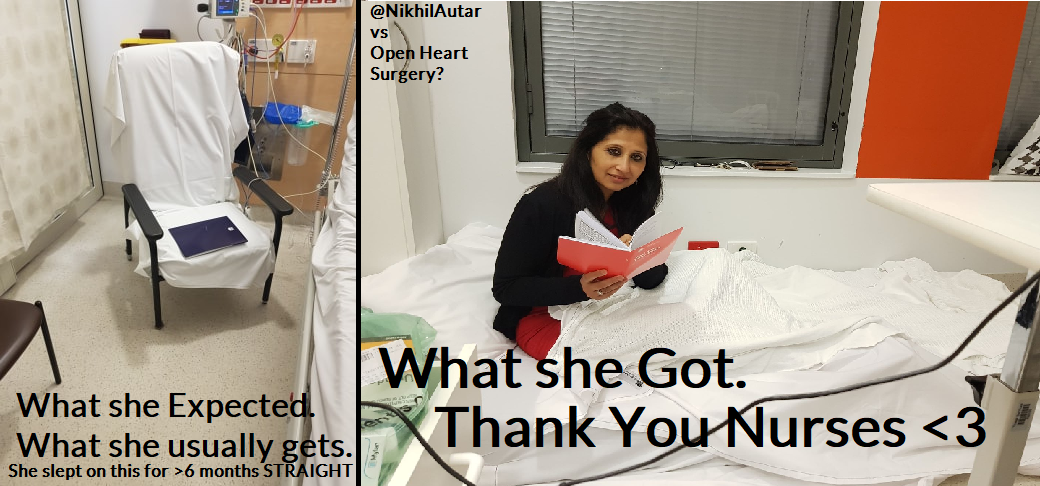Do you need to be compassionate to be a good doctor or nurse?

A Ted Talk I’ll be watching tonight! The paper on this, I have read, and is linked below.
A report on the benefits of patient centered care – a model that advocates you involve patients in their care decisions, and that you provide both physical and emotional comfort to patients.






















